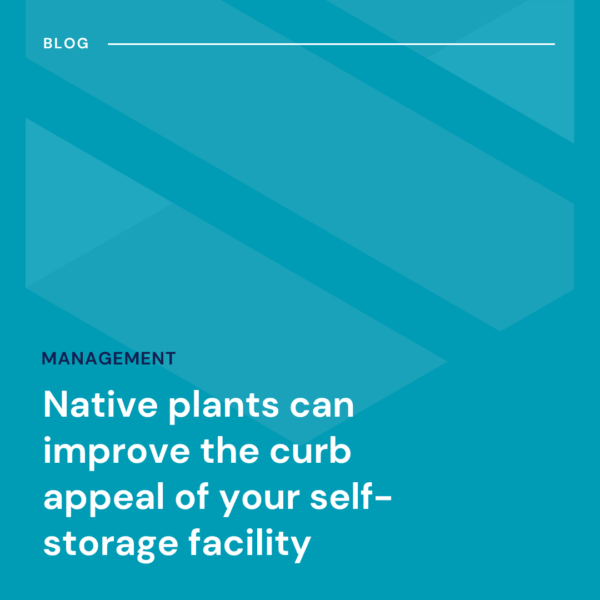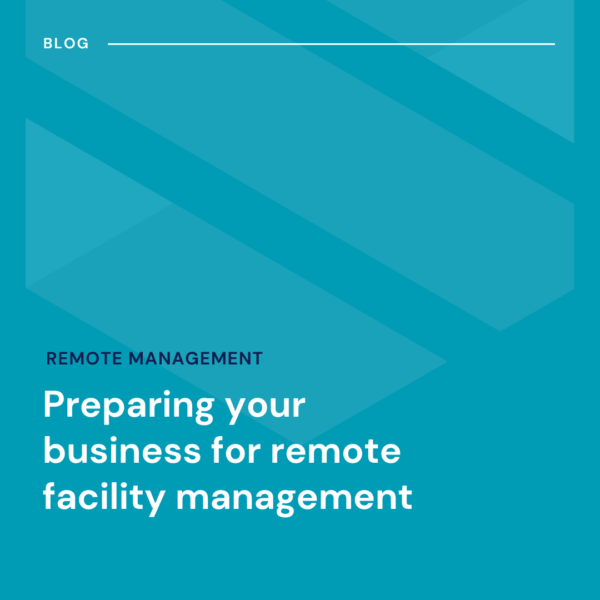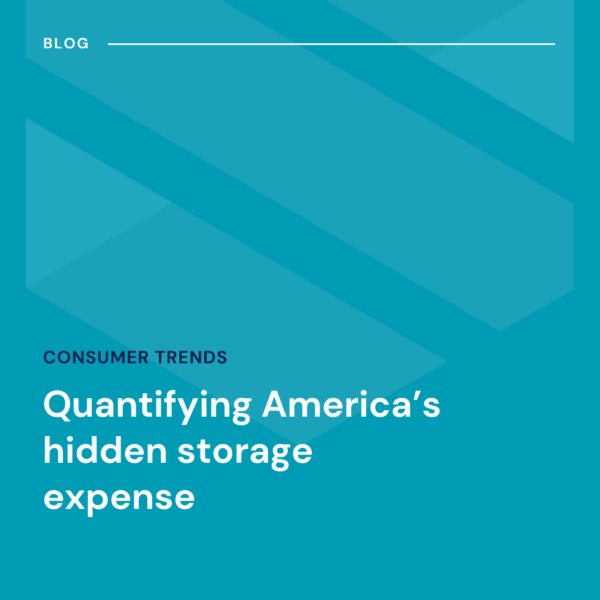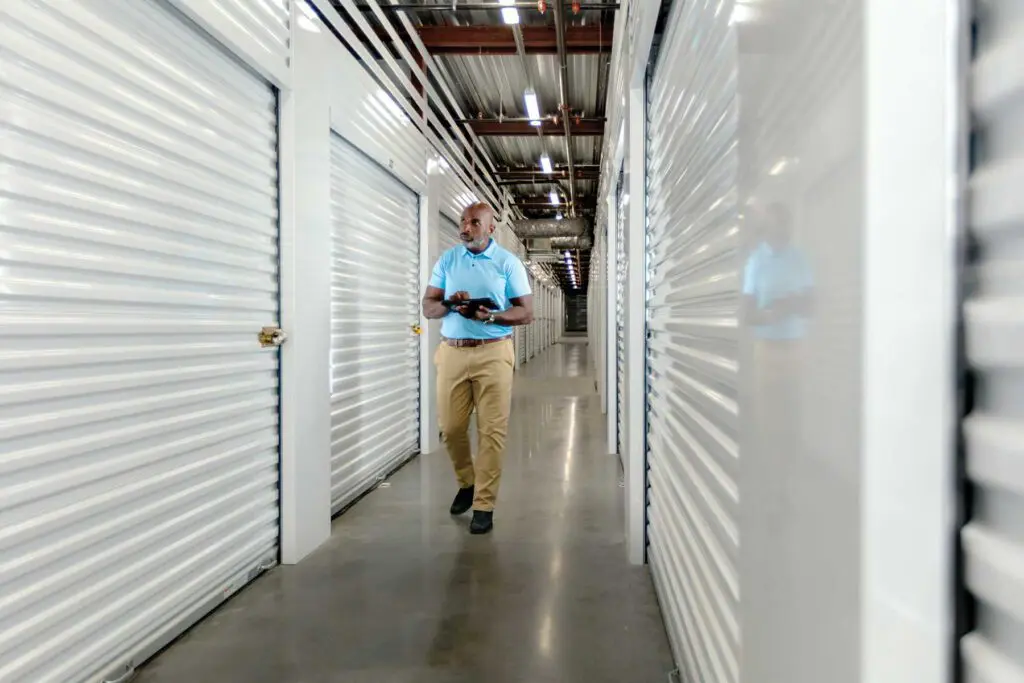Spring ushers in the busy moving season for self-storage operators, but it is also time for another important part of running a facility: sprucing up your landscaping.
The curb appeal of your self-storage facility can often play a critical role in the decision making process of prospective tenants, and the sight of a neglected jungle of overgrown brush is a turn off for many looking for a well-kept spot to stash their things.
But lately there has been a growing emphasis on the importance of planting native plants when it comes to supporting local ecologies. The loss of habitat accelerated by the spread of grass lawns and ornamental shrubs, has contributed greatly to the decline of pollinators like bees and butterflies. According to the Bee Conservancy, 1 in 4 native species are at risk of extinction. This poses a growing threat to our ability to feed ourselves—35% of the world’s food supply is dependent on animal pollinators according to the USDA.
Even if that isn’t a concern for you, there are other benefits to making native plants a part of our landscaping plan. Once established, native plant gardens require less watering, pesticides and regular maintenance–saving your business time and money in the long run. Plus, by supporting the local ecology you’ll earn positive goodwill from the local community and eco-conscious customers as well.
The more than 50,000 self-storage sites in the United States cover a lot of ground, and as of now could play a greater role in providing space for local pollinators to thrive. Even the simple act of choosing native flowers for garden beds around your property instead of greenhouse-grown hybrid plants can provide a lifeline for struggling pollinator populations.
Ready to start planting? Keep reading for some simple tips on how you can devote some or all of your property to native species.
Identify the Right Plants For Your Ecosystem
The best way to begin is to identify some suitable plants for your region. Planting Pollinators provides guides for 24 regions across the United States. To find yours, visit their site and input your zip code to find the right guide. Inside you’ll find a whole list of beneficial flowering plants to choose from.
Start Small
Converting your entire property to a natural wildlife preserve can be costly and time consuming. But small steps over time can still have a huge impact. Designate one section of your grounds for planting a variety of native plants and let them get established. You can expand this section later, or build out some more zones elsewhere on your property next season.
Reduce Grass Turf
Grass lawns are high maintenance and costly, requiring regular mowing to keep up appearances. By and large, grasses found in yards in the United States are not native species and provide little ecological benefits. Shifting to drought tolerant xeriscapes or natural meadows populated with native plants and walking paths can provide much more food and shelter for desirable insects and birds.
Keep it Pruned and Maintained
Just because you are using native plants doesn’t mean you have to let them grow wild and uncontrolled. Occasionally trimming and clearing out dead plant material will maintain the aesthetic appeal of your native garden and enhance the curb appeal. The addition of mulches also enhances the visual appearance while helping to maintain optimal moisture levels for your plants.
Find a Professional
Many operators prefer to take a hands off approach when it comes to their landscaping, which isn’t surprising since their main responsibility is filling storage units. But when it comes to choosing a landscape company, find one that specializes in native garden design and not one that is just going to dump high maintenance ornamental plants onto your property.
Be a Part of the Solution
As the public pays more attention to the importance of native landscaping, adopting these practices will help make your storage facility stand out while enhancing its curb appeal and potentially lowering costs. Native plants are more likely to thrive than non-native species, as they are specifically evolved for the region you are located, which means you’ll have to worry less about proper care. When they flower, natives are just as eye-catching and colorful as commercial varieties, if not more so. With all this in mind there is little reason not to opt for native species when developing landscapes on your self-storage property, plus the bees will thank you.






